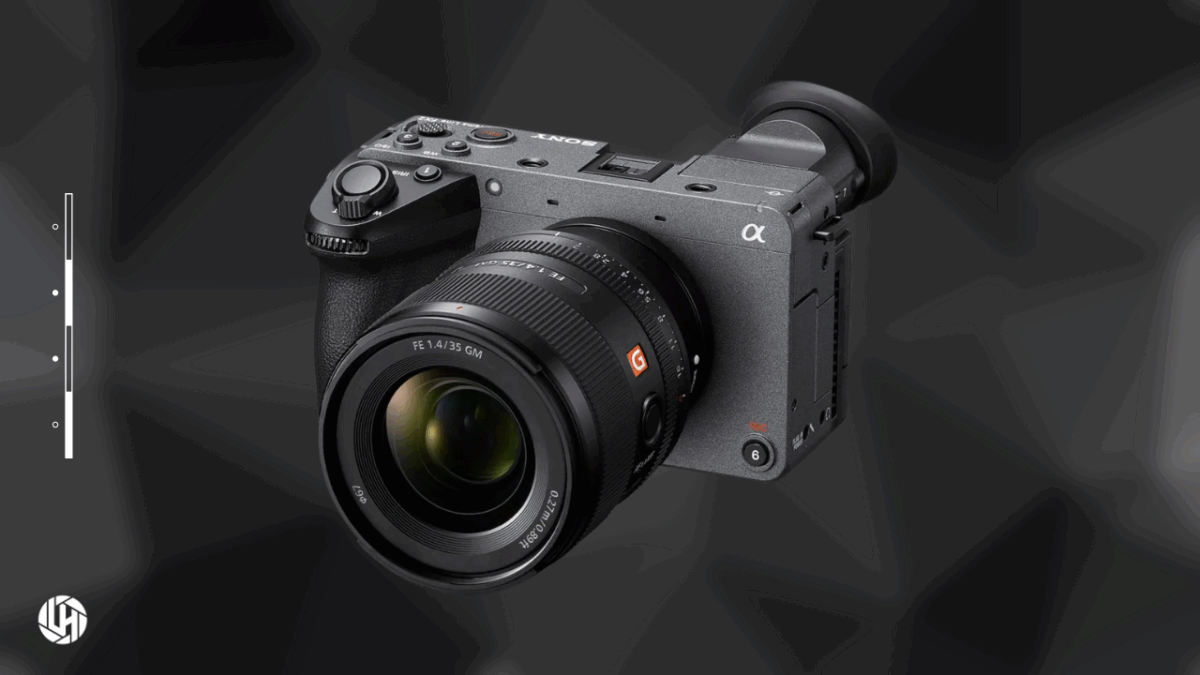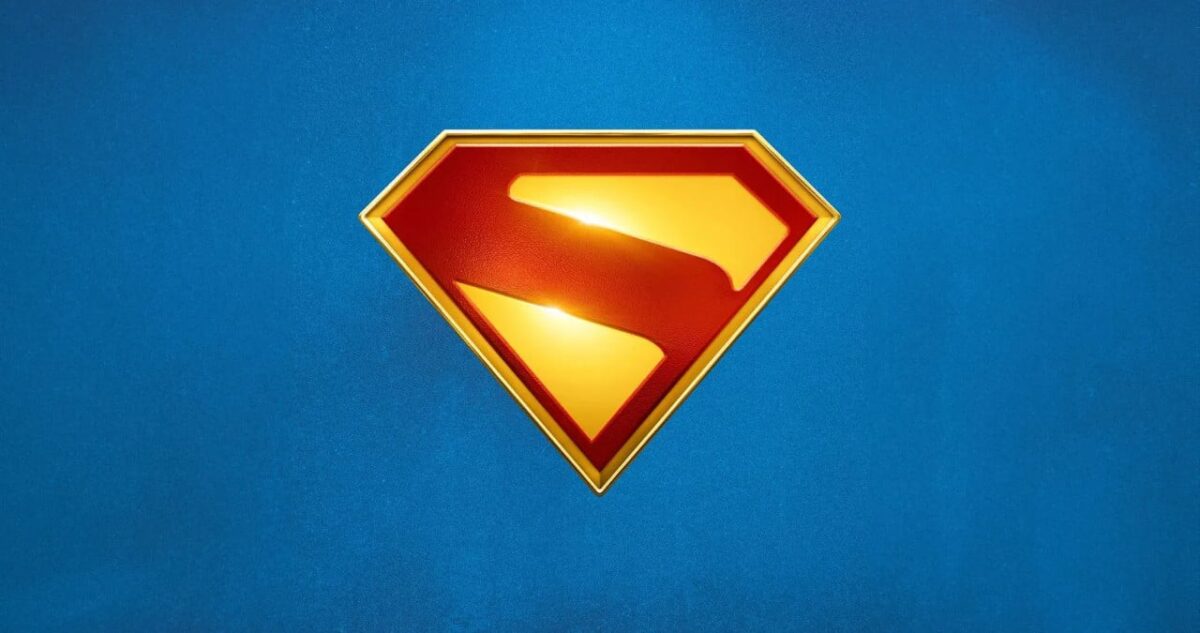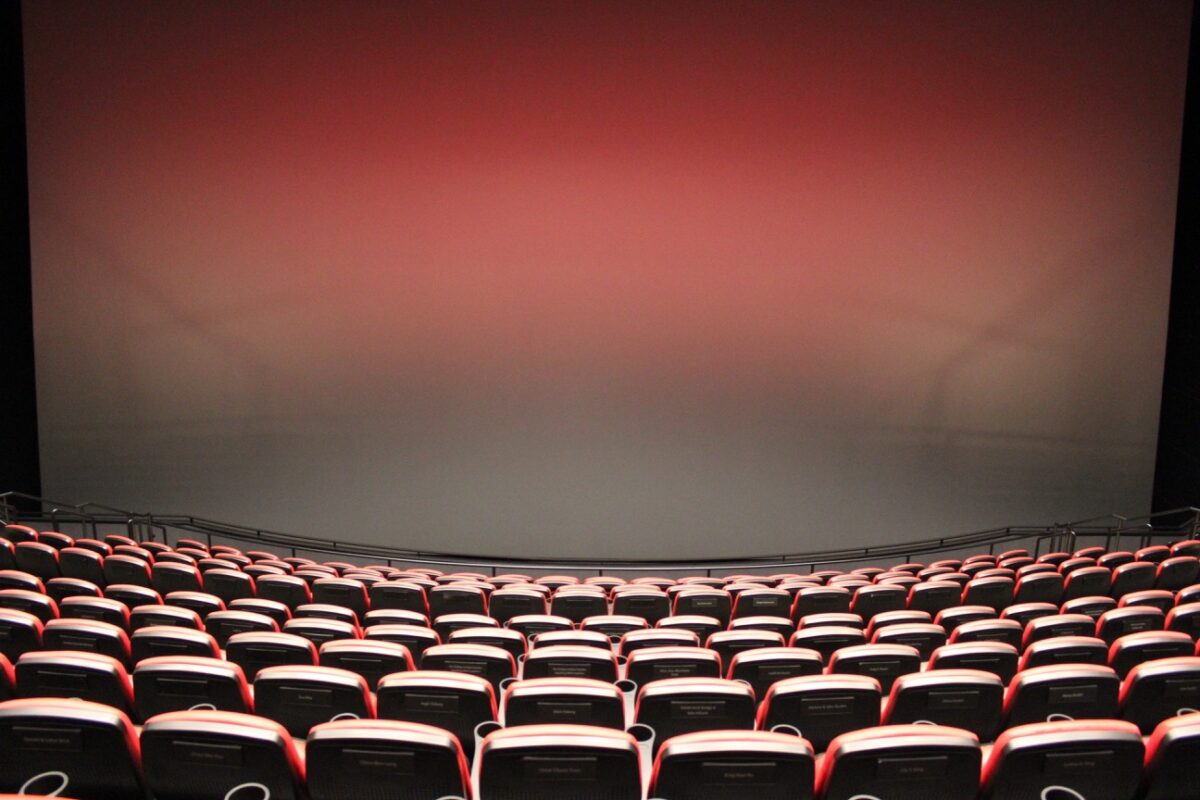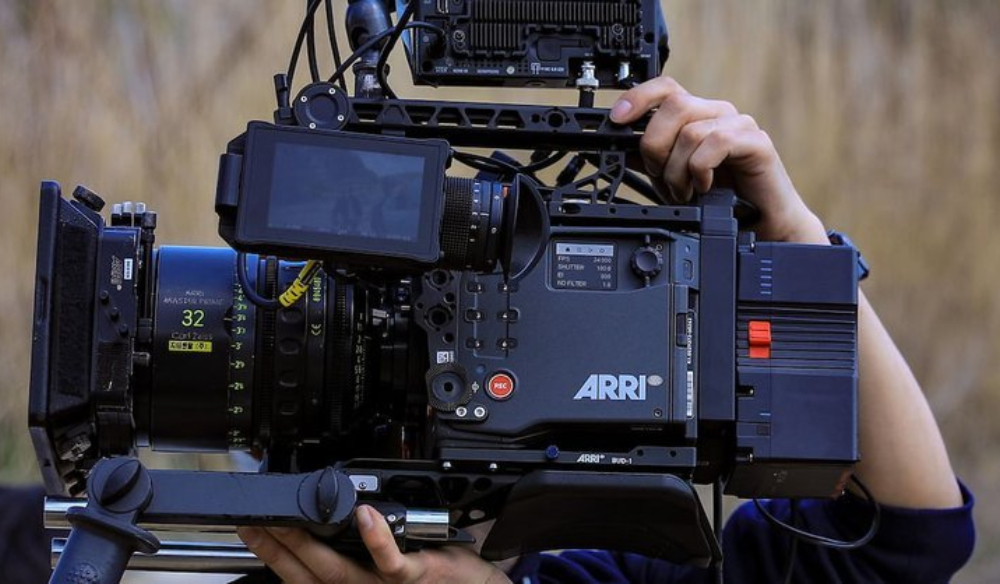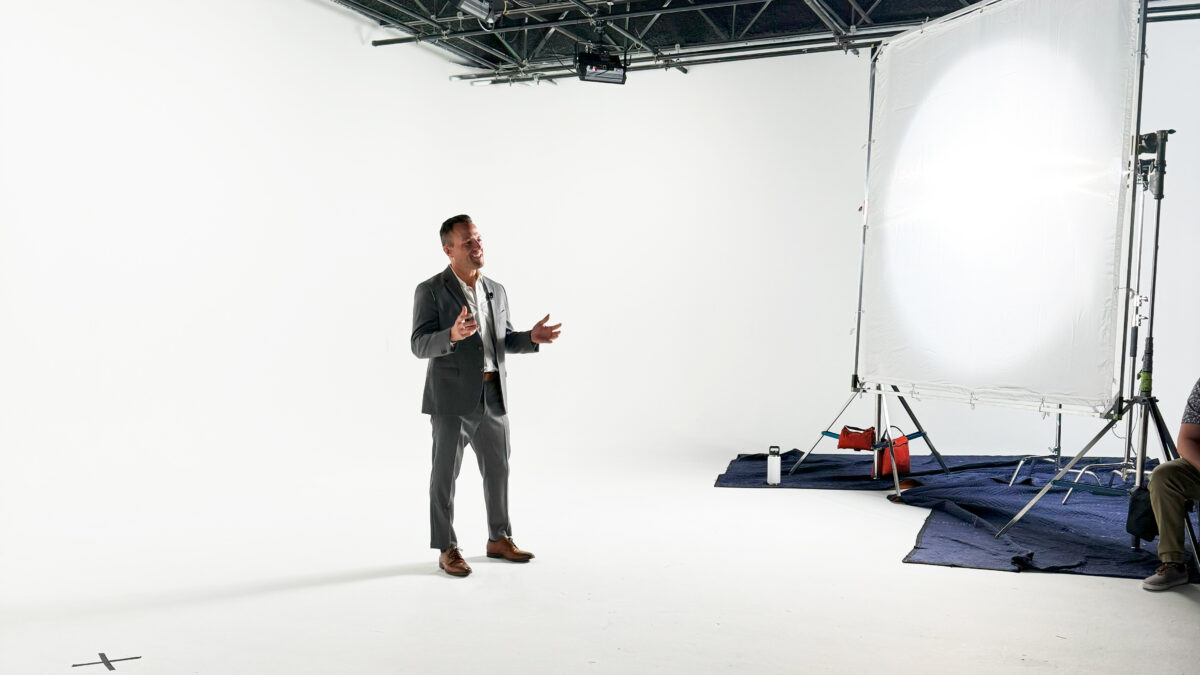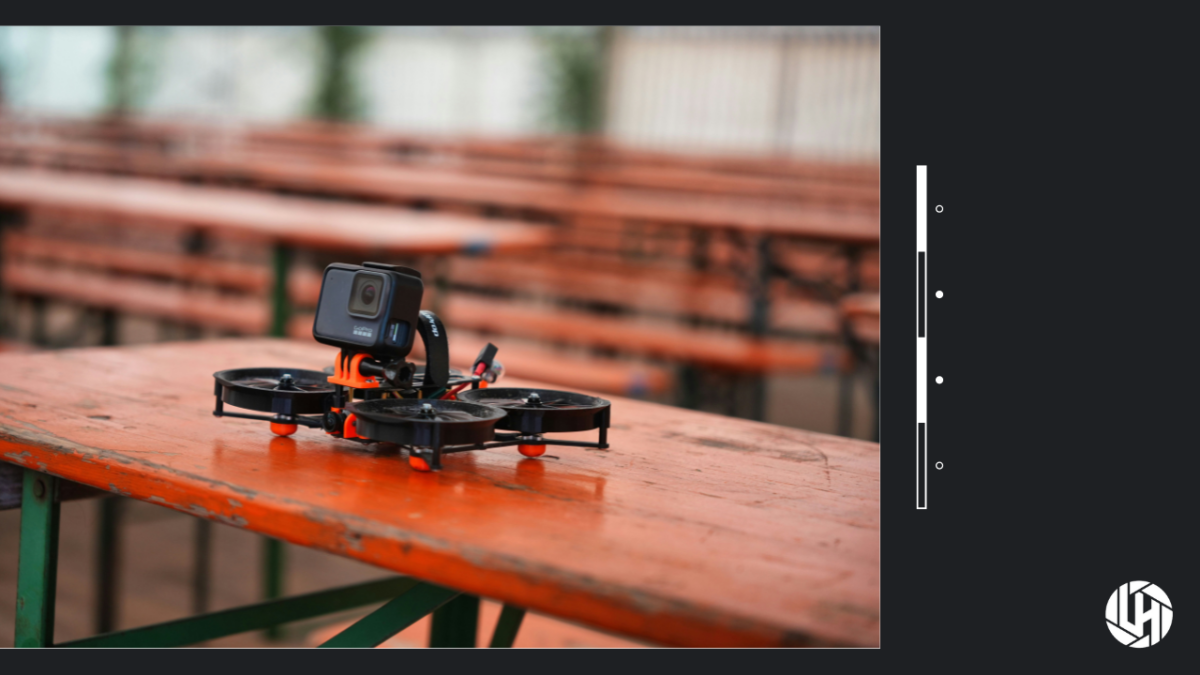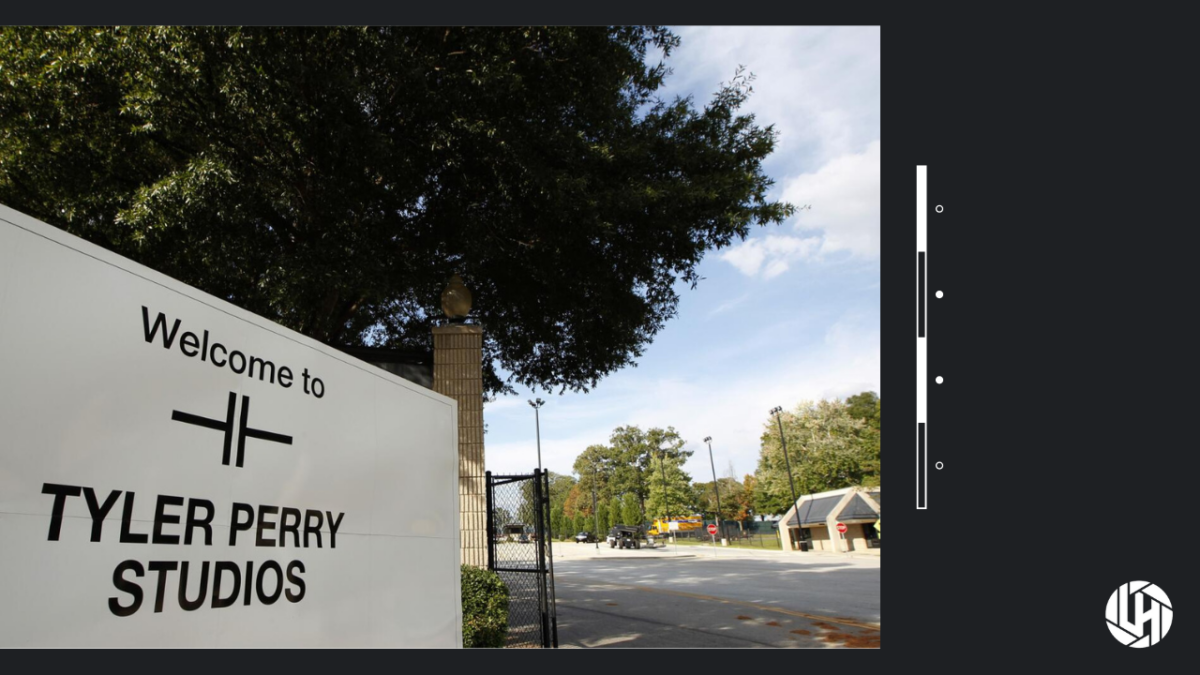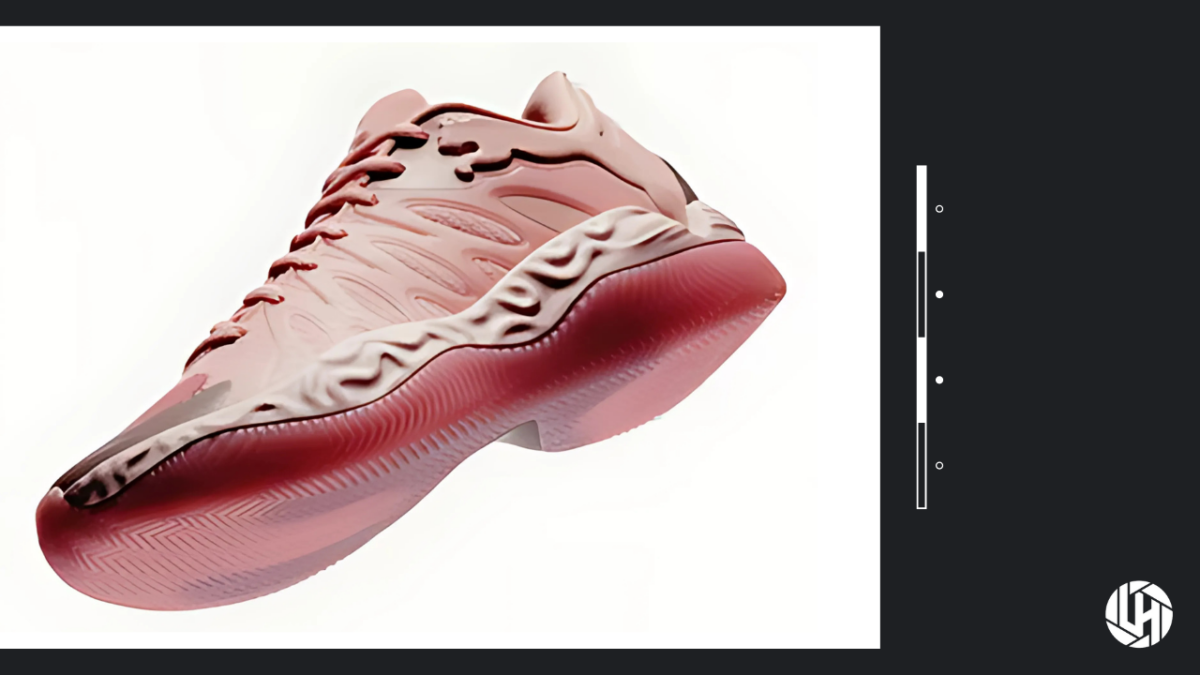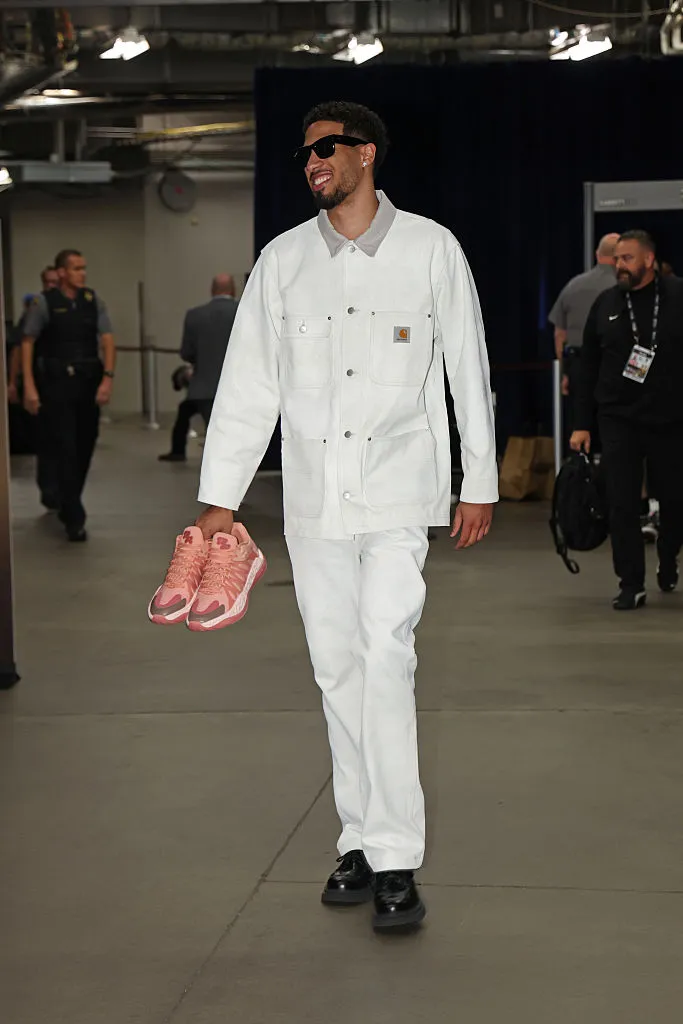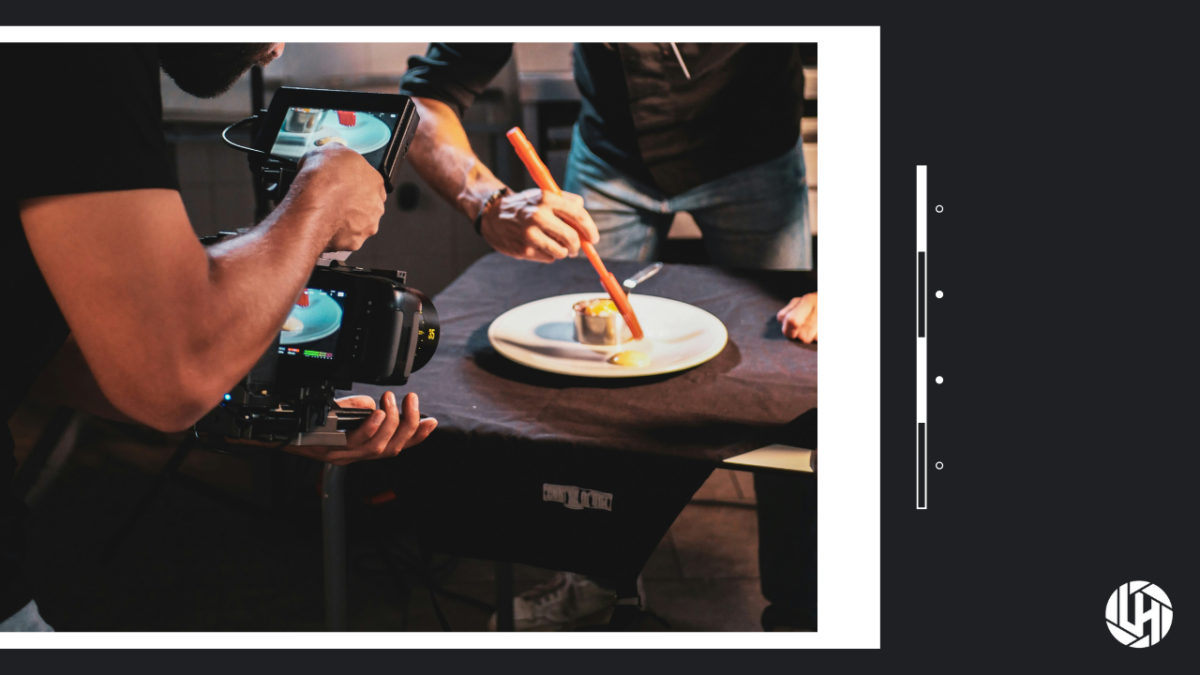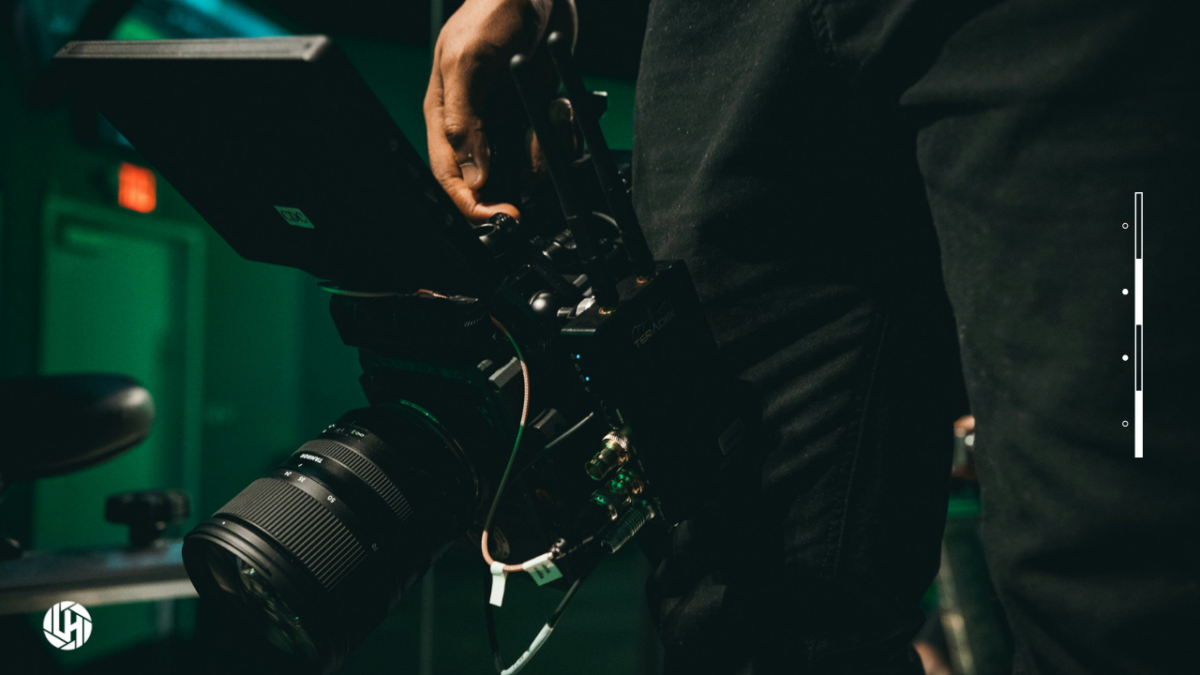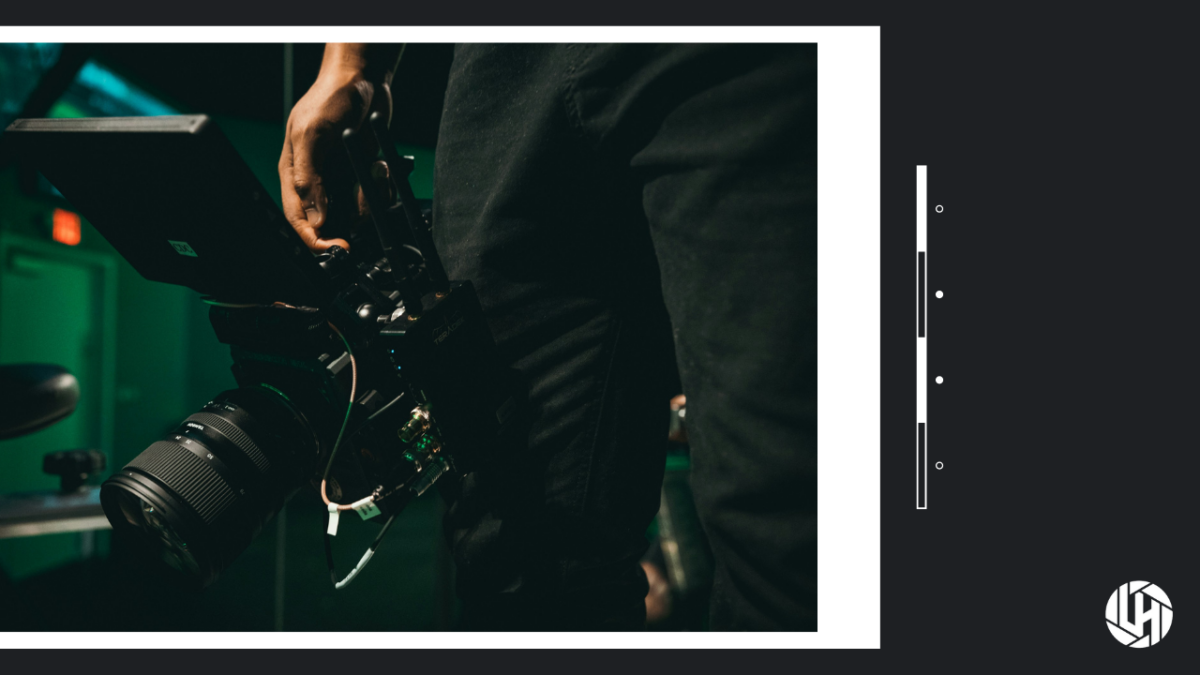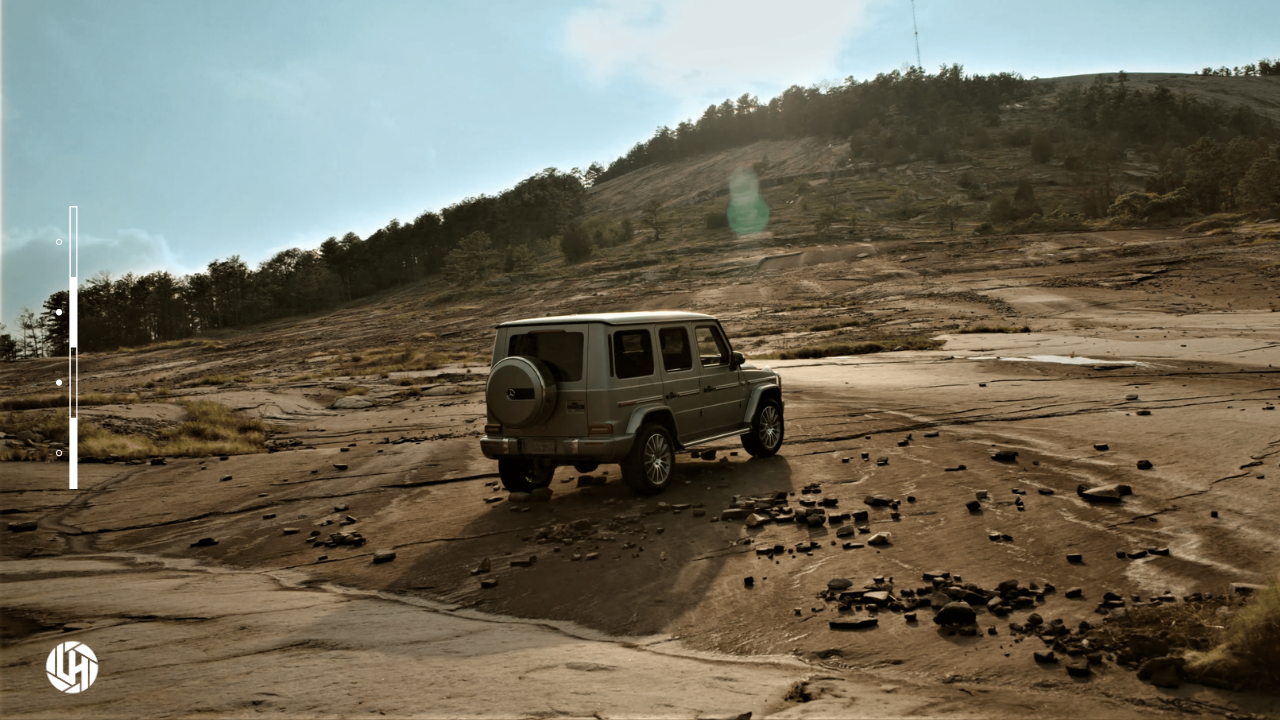The FX2: Sony’s New Hybrid for Creators
lensheadmedia
on
July 16, 2025
Sony’s newly released FX2 is making headlines as the latest entry in the Cinema Line, but make no mistake, this camera is just as much about stills as it is about video. With its compact build, full-frame power, and crossover features, the FX2 stands as a true hybrid workhorse designed for modern creators who want a camera that handles both photography and cinematography without compromise. And for longtime users of the A7 series, this might just be the upgrade you’ve been waiting for.
A True Hybrid: Cinematic DNA Meets Still Photography
The FX2 is built around a 33MP full-frame Exmor R™ CMOS sensor and Sony’s ultra-fast BIONZ XR™ image processor, giving it the same core engine as some of Sony’s top-tier Alpha cameras. But what makes the FX2 different is how effortlessly it switches between still and motion capture. A dedicated toggle lets you move between MOVIE and STILL modes, each retaining its own saved settings, making it seamless to shoot high-resolution photos and cinematic footage on the same shoot. This hybrid-friendly layout, paired with industry-grade controls and menus, sets the FX2 apart from most cinema-first cameras.
For photographers, the 33MP sensor offers excellent detail and dynamic range, making it suitable for everything from editorial work to landscapes and portraits. You also get Sony’s advanced AI-based Real-Time Recognition autofocus, which tracks people, animals, and even vehicles with stunning accuracy — perfect for fast-paced event photography or solo shooting. Add in Sony’s wide lens ecosystem of over 70 native E-mount lenses, and the FX2 becomes one of the most versatile stills cameras in its class.
A New Chapter After the A7S Series?
With its full-frame sensor, compact size, and focus on low-light and dynamic range, the FX2 lands in a similar space once occupied by the A7 series, but with significant upgrades. Unlike the 12MP A7S III, the FX2 gives you a 33MP sensor, opening up more creative room for high-res stills and detailed video crops. Dual base ISO (800/4000) offers the same clean low-light performance that made the A7S series a legend, but with much more resolution to work with.
And because it shares the same Log profiles and color science found in Sony’s Alpha line, the FX2 slides perfectly into a stills photographer’s workflow. For creators who’ve been using an A7S for video and something else for stills, the FX2 represents a consolidation of gear. One camera that does both with professional-level quality.
Log Workflow, LUTs, and Live Monitoring
The FX2 offers more than just great image quality — it’s designed for serious workflows. You get full support for S-Log3 and three Flexible Log shooting modes (Flexible ISO, Cine EI, Cine EI Quick), giving photographers and filmmakers alike extensive post-processing flexibility. Up to 16 user LUTs can be loaded via SD card or Sony’s Creator’s Cloud, and these can be applied to both stills and video. That means your grading decisions can carry across formats and remain consistent in color-critical environments.
Photographers working in commercial or production settings will also appreciate the ability to shoot stills in Log mode and use the same post pipeline as video. That’s a major time-saver when matching looks across campaigns or multimedia projects.
Built for Solo Creators and On-the-Go Workflows
Physically, the FX2 is compact and cage-free, with built-in mounting points and an internal cooling fan that enables uninterrupted 4K 60p recording. For still shooters, that compactness makes it just as comfortable in the hand as an Alpha-series camera. And with features like the angle-adjustable EVF, active/dynamic stabilization, and Sony’s new “BIG6” interface for fast control, it’s ready for both handheld photo work and stabilized rig setups.
Battery life is also strong, with the NP-FZ100 powering up to 100 minutes of continuous recording. Dual card slots make it easy to balance stills and video without swapping cards or running out of space.
Next-Level Autofocus and Smart Features
AI-powered Real-Time Recognition AF and Auto Framing make shooting sharp photos easier than ever, even when you’re working solo or in unpredictable situations. You can also tweak AF transition speed and subject tracking sensitivity, giving you full control whether you’re tracking a subject across a stage or snapping candid street portraits.
AF Assist adds even more precision by allowing for smooth manual adjustments with AF support — useful for both video pulls and photo refinements. And for photographers who need clean composition, the FX2’s customizable crop and auto-framing tools help frame the subject perfectly in-camera, every time.
One Camera, Endless Possibilities
The FX2 isn’t just another step in Sony’s Cinema Line, it’s a full-fledged hybrid camera that bridges the gap between the Alpha and FX series. For many creators, it may be able to completely replace the need for multiple cameras, offering the best of both worlds: high-end photo performance and uncompromising cinema features.
Whether you’re a filmmaker who shoots stills, a photographer stepping into video, or a content creator who needs one tool that does everything, the FX2 might just be your perfect match. It’s the kind of camera that doesn’t just adapt to your workflow, it refines it.
Have more questions? Contact us today!
